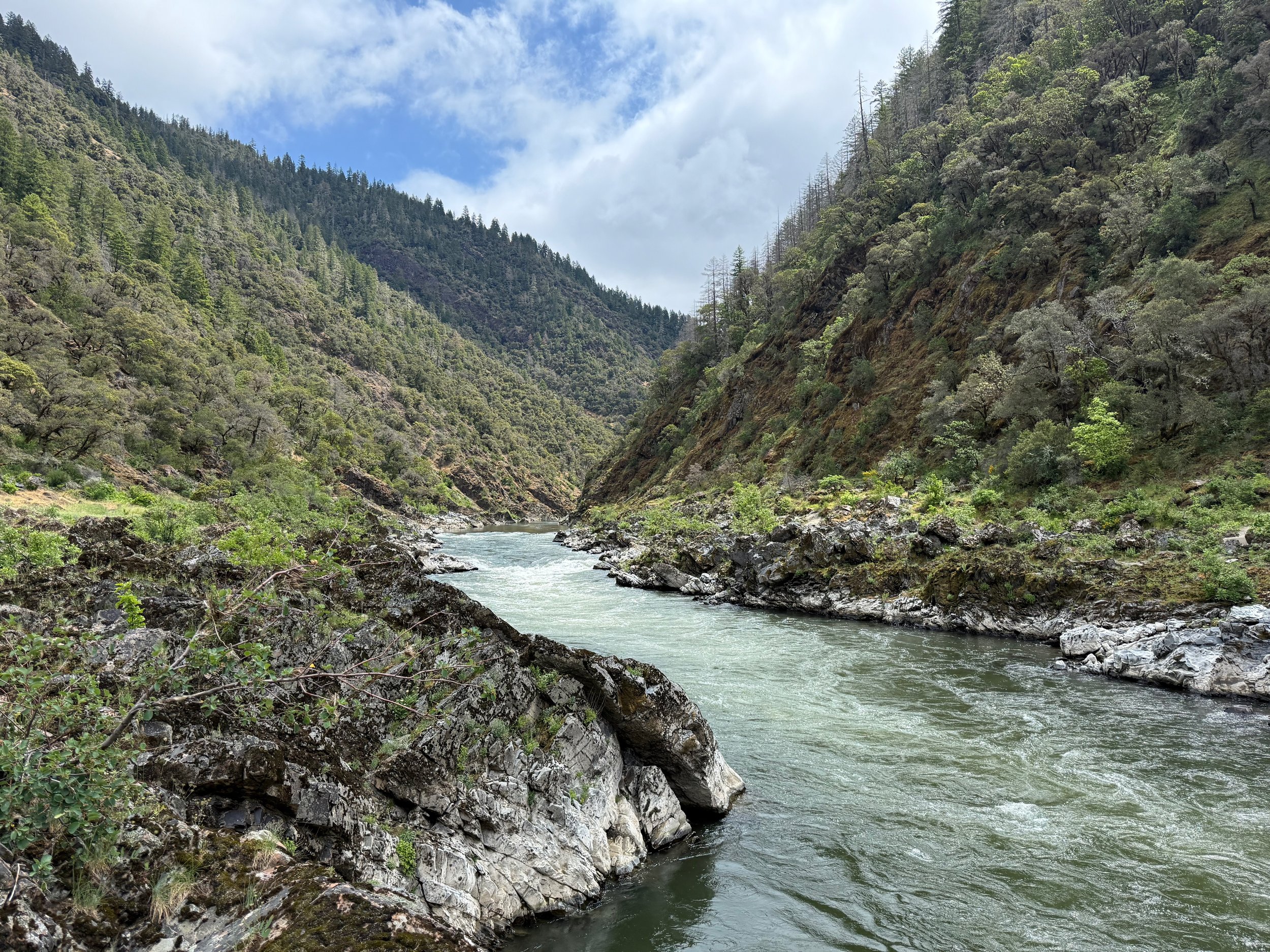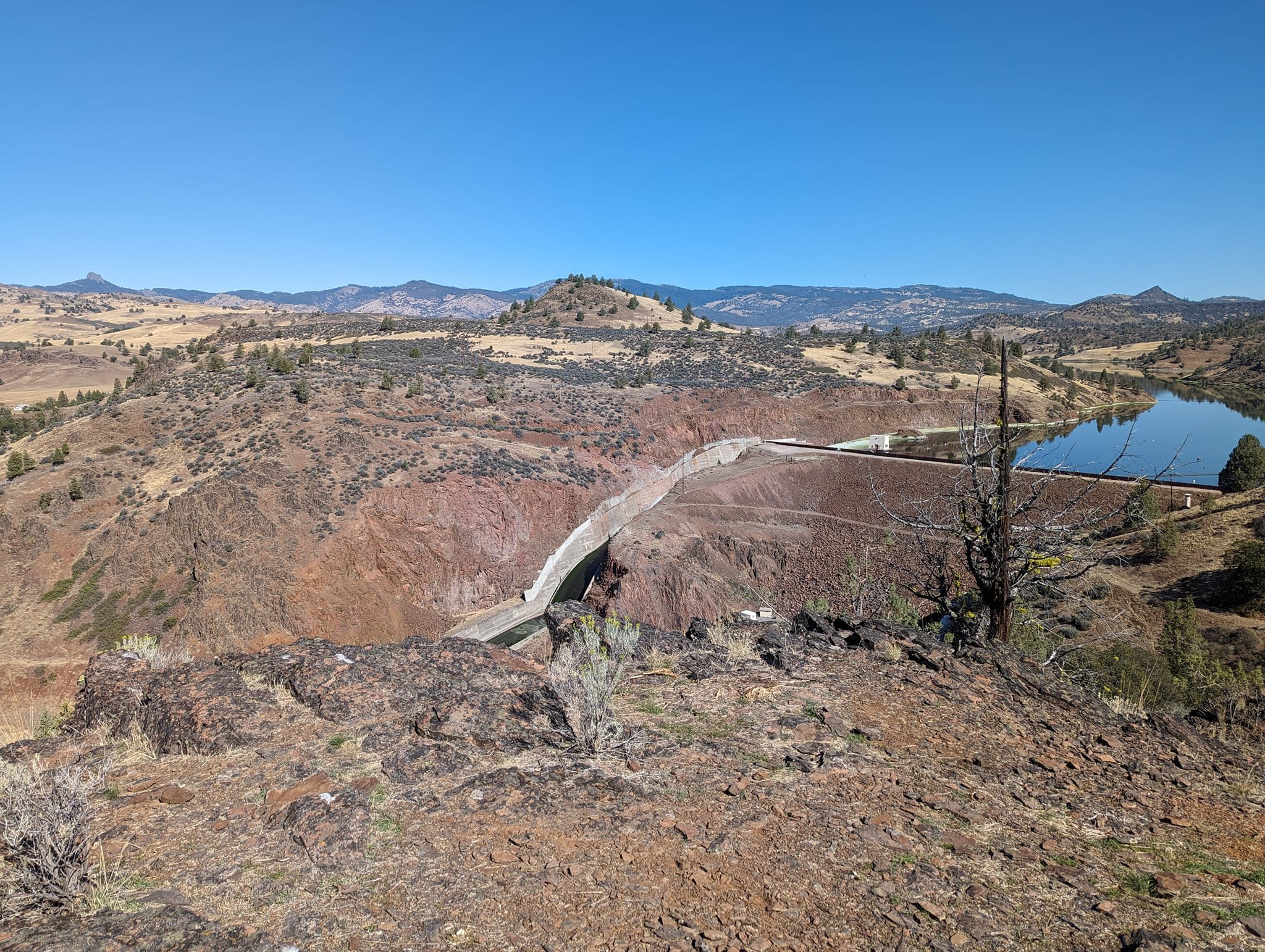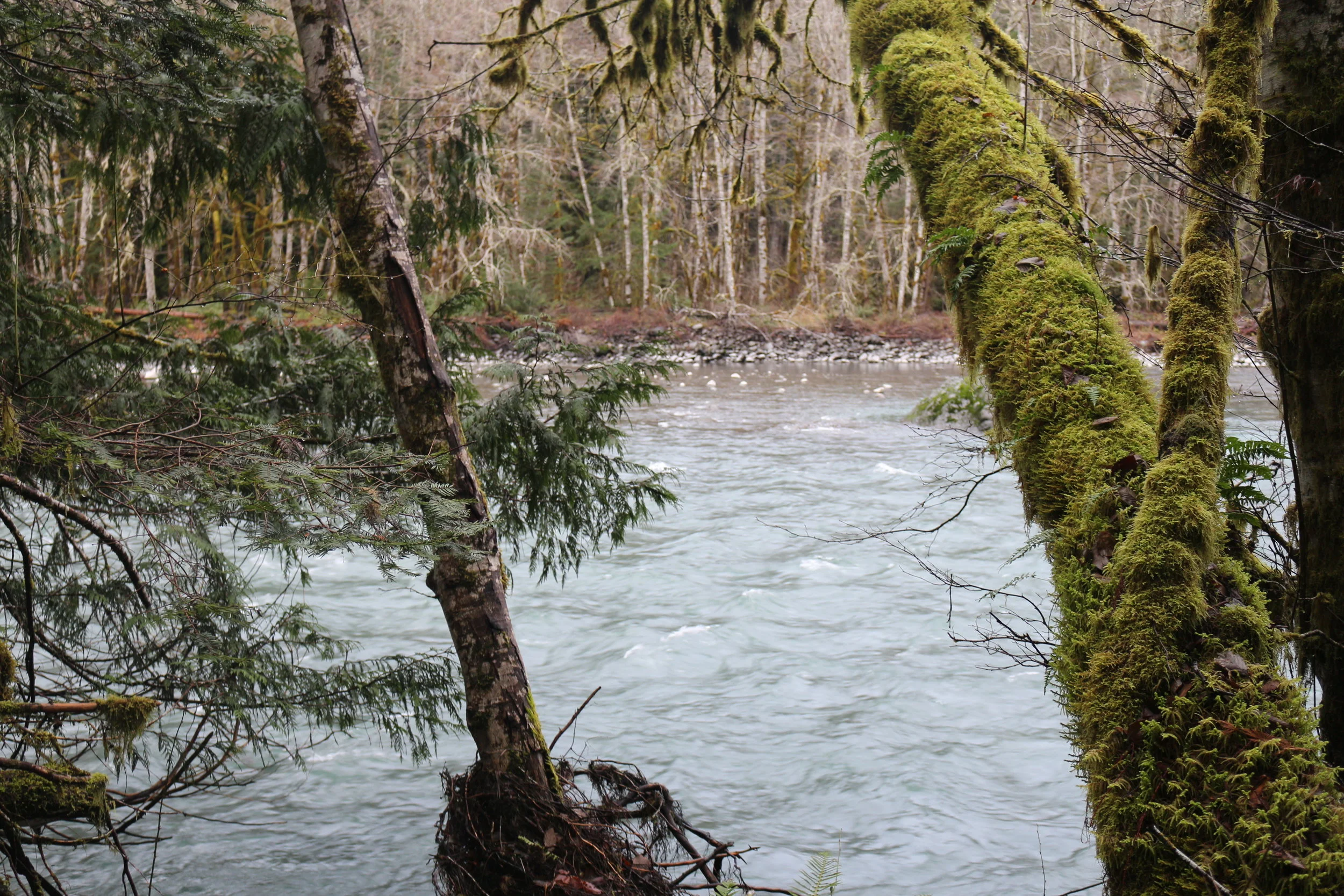June is National Rivers Month! Many people may not realize this, but our little corner of the U.S. boasts more Wild & Scenic Rivers than anywhere else in the lower 48 states. Click to learn more about the special waterways of the Klamath-Siskiyou bioregion.
Read MoreJune is National Rivers Month, and there are significant accomplishments to share this month around KS Wild’s effort to advance river conservation in the Klamath-Siskiyou bioregion. Read this blog to get a deeper understanding of the threats and opportunities for wild rivers across the region.
Read MoreKS Wild’s Executive Director recently visited the Irongate Dam, one of four dams set to be removed by 2024 to create a free-flowing Klamath River. Read more about his experience here.
Read MoreWe have recapped the 2022 wildfire’s in the Klamath-Siskiyou region. Please see the bottom of this blog for ways in which you can contribute to the relief efforts for those people and communities most impacted.
Read MoreFollowing decades of fire suppression and logging that created dense young forests, a return to ecosystem resiliency requires thinning second-growth plantations, retaining large trees and forest canopy, and returning the role of fire to these fire-dependent forests.
Read MoreFew experiences are more evocative of the Pacific Northwest than the sight of a salmon leaping a waterfall. People gather to watch as they make their way to ancestral spawning grounds each year at Rainie Falls on the Rogue River or the mouth of Wooley Creek on the Salmon River. Some rivers of the Klamath-Siskiyou are strongholds for wild salmon, including the federally listed Northern California/Southern Oregon Coho Salmon
Read MoreUnlike most of North America, we are extremely fortunate to live in a region in which five major wildland complexes have thusfar survived the pressures from logging, mining and road construction. It is our job and responsibility to protect these special places for the those who come after us and for their intrinsic value.
Read MoreThe Klamath-Siskiyou region is home to the largest expanse of wildlands on the West Coast. Some of these pristine wild areas are protected under the Wilderness Act as Wilderness Areas, but many other wilderness-quality lands are unprotected and face a variety of threats including logging, road-building, over-grazing, and irresponsible off-road vehicle use.
Read MoreRogue Riverkeeper has monitored local streams for fecal bacteria, turbidity, pH, temperature, and conductivity with a number of great partners throughout our region. Our past efforts have documented steadily declining water quality throughout the Little Butte Creek watershed, improving water quality on Evans Creek, and highlighted the source of pollution on Ashland Creek so that steps could be taken to improve the situation.
Read More








